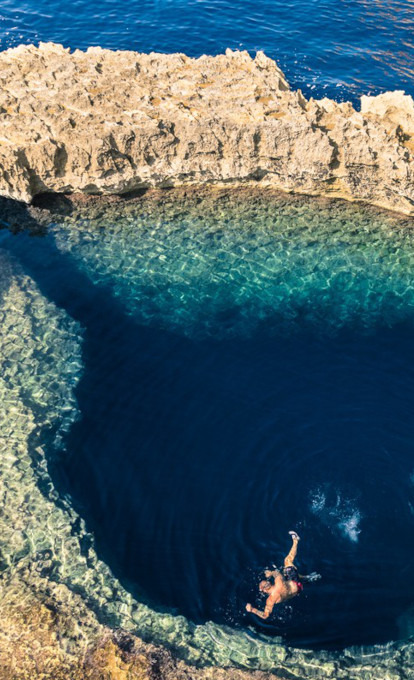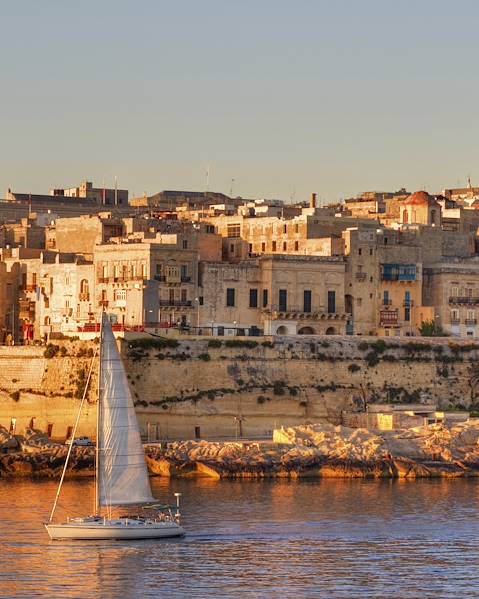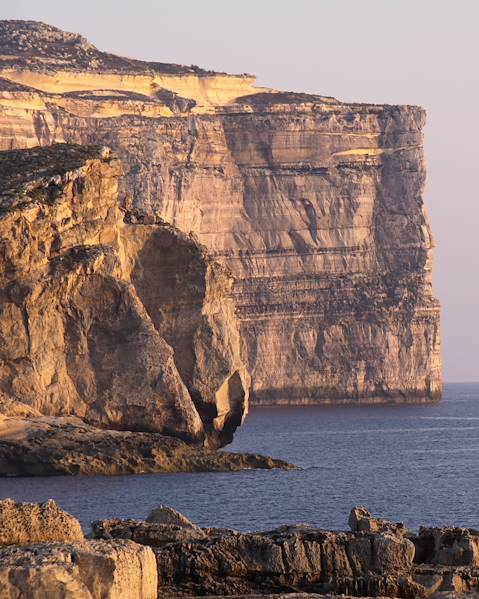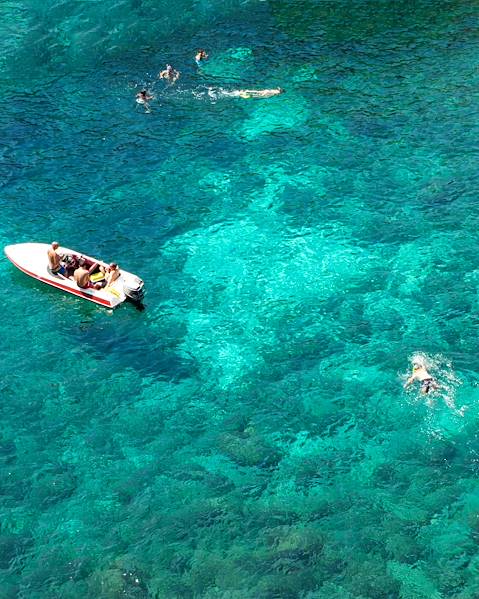Malta has risen in popularity in recent years, becoming one of Europe’s most sought-after summer holiday destinations. It’s easy to see why, given that the tiny island is teeming with ancient treasures, intriguing culture and pristine beaches. The neighbouring islands of Gozo and Comino are equally charming, with the surrounding waters boasting some of the continent’s best diving. Here is our guide of things to know before travelling to Malta.
Climate & Weather in Malta
Malta typically enjoys a Mediterranean climate, with warm, sunshine-filled summers and mild, rainy winters. Temperatures rise to 32°C in the summer months and average around 12°C during winter. Rainfall is at its highest between October and March, with almost no rain occurring in summer. Generally, the best time to visit Malta is during the spring and early summer (April, May and June), when temperatures are warm (but not too hot) and tourist crowds haven’t yet reached their peak (July and August). The shoulder season from September is also a good time to visit, as the weather remains pleasant and the islands are less busy.
Currency in Malta
The official currency of Malta is the euro. Credit cards are widely accepted throughout the country and bringing an international card (with no transaction fee) is recommended. Tipping is customary in Malta and a gratuity of between 5 and 10% is standard when good service has been provided. Service charge might already be included in the bill, in which case a tip isn’t necessary.
Food & Drink in Malta
Rustic and seasonal, Maltese cuisine is influenced by a mixture of Mediterranean flavours and dishes from its surrounding countries. Fresh fish, vegetables, meat and cheese form the staples of most cooking. Some specialities include kapunata (Maltese ratatouille), lampuki (fish pie), bigilla (broad beans and garlic), aljotta (fish soup) and, the national dish, stuffat tal-fenek (rabbit stew). Popular snacks are pastizzi (flaky pastry filled with ricotta or peas) and hobz biz-zejt (bread filled with tuna, onion, tomatoes and capers). In terms of sweet delicacies, helwa tat-tork (a mixture of sugary crushed and whole almonds), kannoli (fried pastry filled with ricotta) and Sicilian-style ice-cream are commonplace.
While wine and beer are the most popular alcoholic drinks, Malta is also known for its signature liquers including Lumicetta ta' Mari (a lemon-infused liqueur), Bajtrija (made from prickly pear) and Hanini Digestiv (made with carob and caramel). The tap water is safe to drink throughout the Maltese Islands.
Transport in Malta
Bus is the only form of public transport in Malta and also the least expensive way to get around, with the extensive network reaching most regions of the islands. Taxis are another easy and safe way to get around cities, although be sure to use registered companies and avoid unlicensed street taxis. Renting a car is also a convenient way of exploring the islands at your own leisure.
Language in Malta
The two official languages of Malta are English and Maltese, both of which are spoken fluently by the majority of the population. Italian is also quite widely spoken in Malta. While most locals will speak English, it’s a nice idea to learn some basic Maltese phrases before travelling.
Etiquette in Malta
Maltese society is fairly conservative and it’s important to dress respectfully when visiting churches. Remove hats and sunglasses upon entry, and have a shawl or sarong on hand to cover shoulders when away from the beach. Locals also have a fairly relaxed approach to time keeping and punctuality, referred to as ‘island time’. A handshake is polite when meeting someone for the first time.
Health & Safety in Malta
Malta is generally a very safe country to visit, but as in any busy tourist area, petty crime does sometimes occur. Take precautions to protect yourself and your belongings, don’t leave valuables unattended, watch out for pick pockets in public areas and be sure to have travel insurance for your possessions. Always keep your passport, air ticket and other valuable items in a safe place. Report any incidents of crime to the local police and get a police report. The other main safety concern is swimming in the sea and the Maltese have a saying: Il-bahar zaqqu ratba u rasu iebsa, which means ‘The sea has a soft belly, but a hard head’. While swimming is safe in calmer weather, storms can cause strong undercurrents and it’s important to pay attention to the flag system, indicating where it’s safe to swim. Lifeguards operate from June to September, and if in doubt ask a local whether it’s safe.
Must-sees in Malta
- Explore Valletta: Malta’s pint-sized walled capital is a designated UNESCO World Heritage Site, boasting Baroque landmarks, medieval relics and one of Caravaggio’s most iconic masterpieces inside St. John’s Co-Cathedral.
- Diving: Frequently touted as Europe’s best dive destination, the waters around Malta are rich with extraordinary sea life and spectacular underwater scenery, including deep caves and archaic wrecks.
- Swim in the Blue Lagoon: One of region’s most famous landmarks, the Blue Lagoon is a vibrant stretch of turquoise water, surrounded by caves on the island of Comino. Visit by boat during a day trip from Malta.
- Visit Malta’s Neolithic Temples: Malta is home to a number of extraordinary Neolithic structures, which pre-date both Stonehenge and the Great Pyramids. Now all UNESCO Sites, the best-preserved ones are Mnajdra and Hagar Qim.
Things to Bring to Malta
If you’re visiting Malta during the summer months, some essentials include swimwear, suncream and a sunhat. Mosquito repellent is also advised, as they become prevalent with the warmer evenings. Comfortable walking shoes are essential for exploring the islands.
















